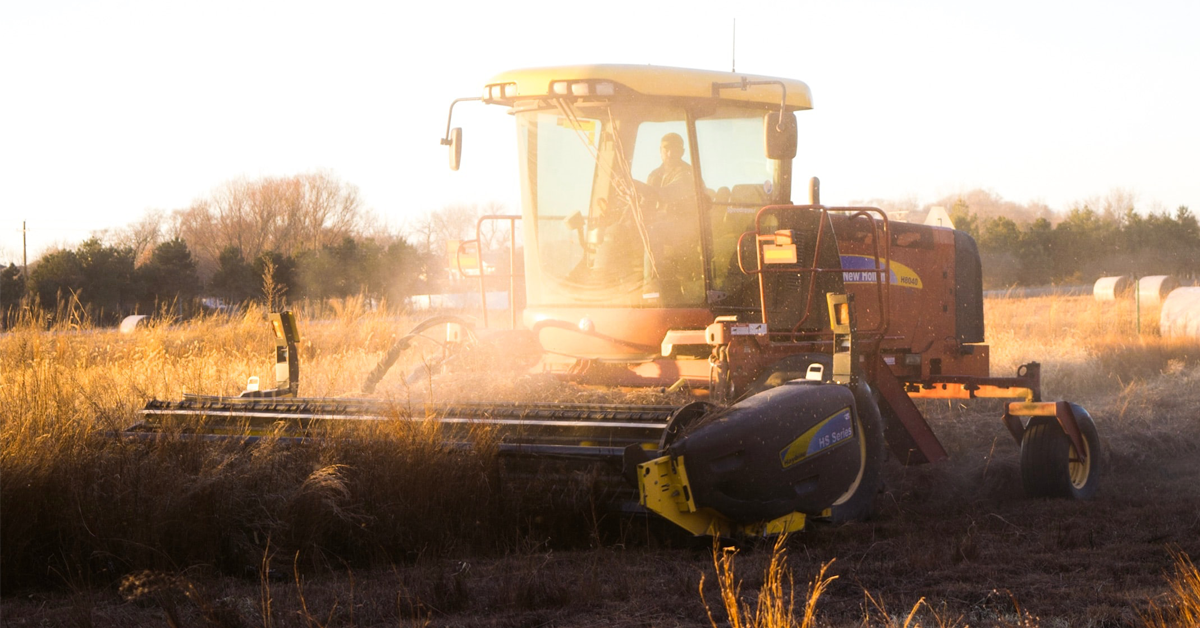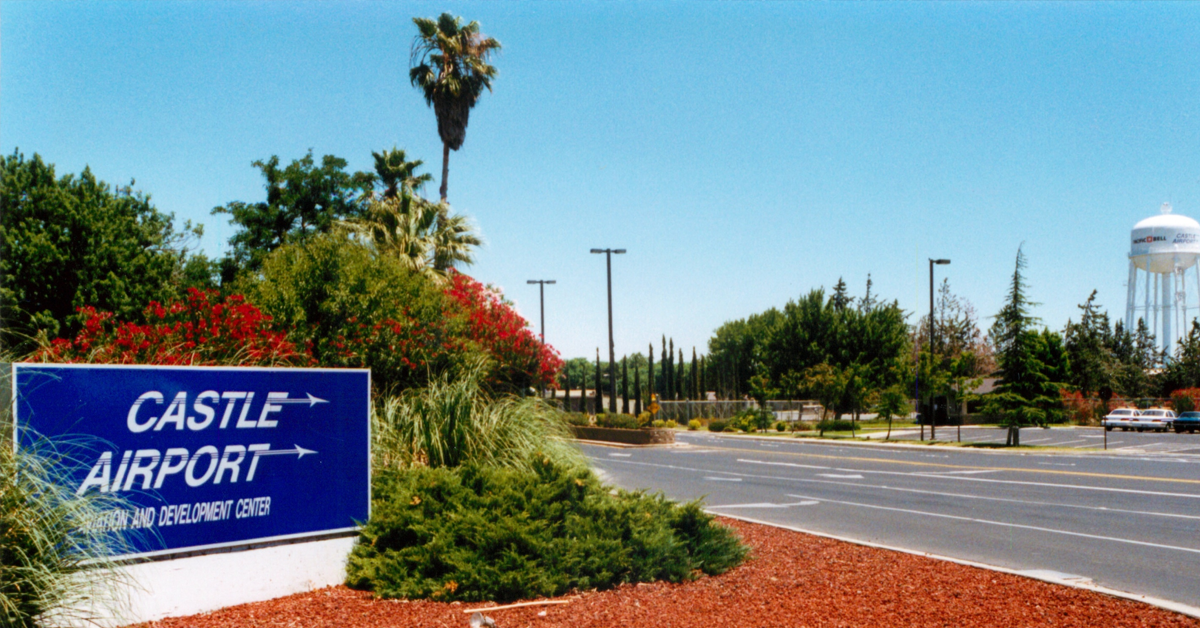The opinions expressed by Bourdeau are solely his own and to not necessarily reflect the views of the organizations he is associated with.
The recent announcement from the federal authorities allocating only 35% water to Central Valley Project users is not just disappointing; it’s a stark misjudgment that threatens the lifeline of California’s agriculture and, by extension, the nation’s food supply. As a voice from the San Joaquin Valley, I must express not only our collective disappointment but also our grave concern for the future this decision foretells.
Last year, in a show of foresight and commitment, our westside community stored nearly 400,000 acre-feet of water, a buffer against the hard years, a testament to our stewardship, and a pledge to our nation’s food security. This year, buoyed by better hydrology and filled reservoirs, our expectations for a reasonable allocation were high and, frankly, well-founded. Yet, here we stand, allocated a mere 35%, a figure that drastically underestimates our agricultural potential and the obvious need.
This decision is more than a number—it’s a reflection of a broader disconnect between agricultural realities and bureaucratic decision-making. The San Joaquin Valley is more than a farming region; it’s an economic engine, a close-net community, and a critical contributor to our nation’s food resilience. This meager allocation fails to acknowledge the improved hydrological conditions and the tremendous efforts of our farmers in water conservation and sustainable farming practices.
The repercussions of this decision extend beyond our farms—they ripple through the local economy, exacerbate the unemployment issue, and elevate the risk of increased food prices nationwide. In a time when collaboration and understanding are more vital than ever, this update feels like a step back, a missed opportunity to support a sector that has demonstrated time and again its value and resilience.
We call for a reevaluation of the decision making process that considers the collective needs. It’s time for policies that reflect the realities on the ground, that recognize the symbiotic relationship between farming and the large metropolitan regions of our state, and that support the people behind the nation’s food supply.
The path forward should be marked by informed, science based decision-making that considers the multifaceted impact of water allocations. We stand ready to engage, to offer our insights, and to work towards a future where decisions are made not just with an eye towards conservation but also towards the sustainability of our food supply.
In this pivotal moment, we must come together to reevaluate, reassess, and realign our priorities. For the sake of our community, our economy, and our country, let’s advocate for a water supply allocations that truly reflects the collective interests of all parties involved.
For further insights, consider the detailed coverage provided by SJV Sun.










